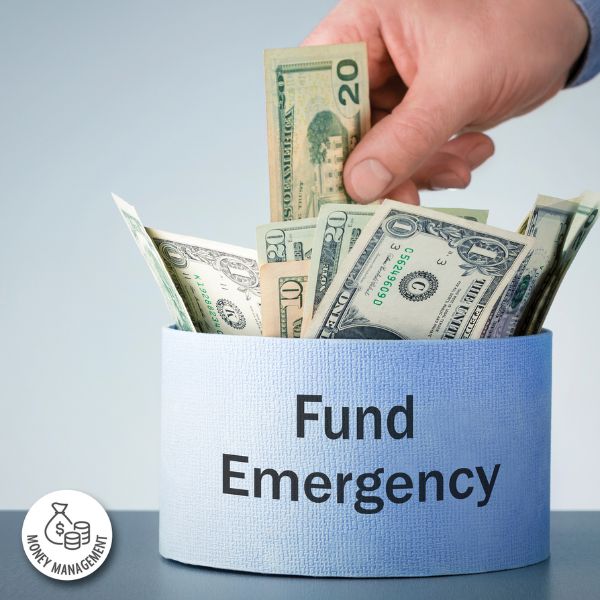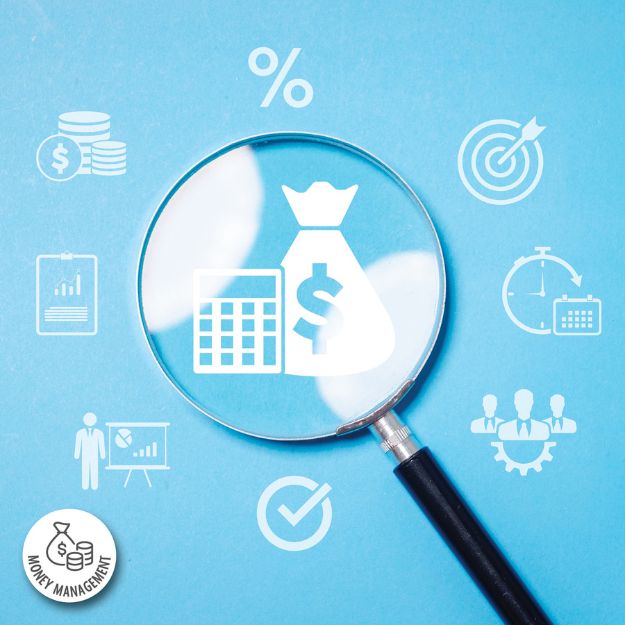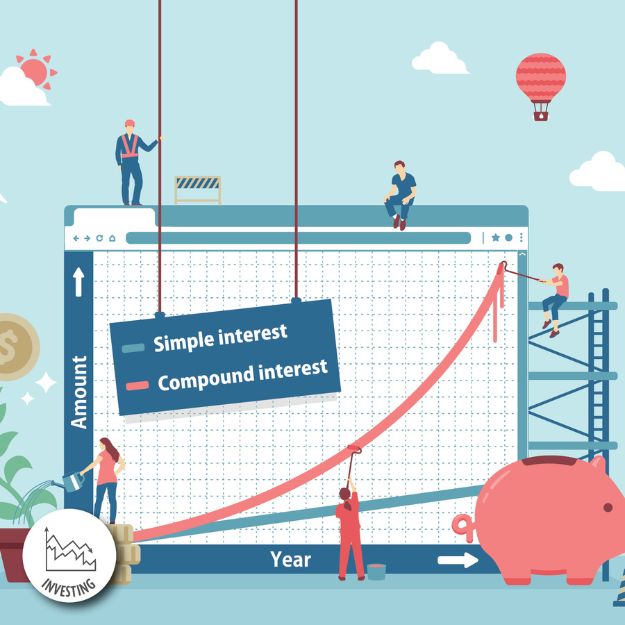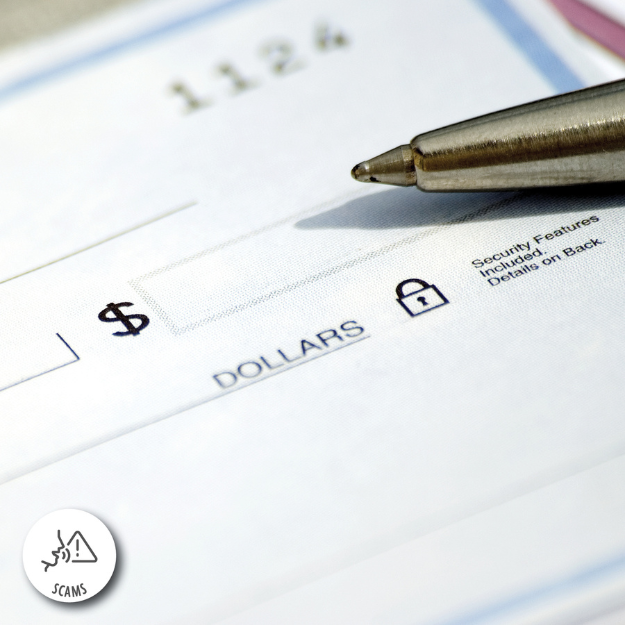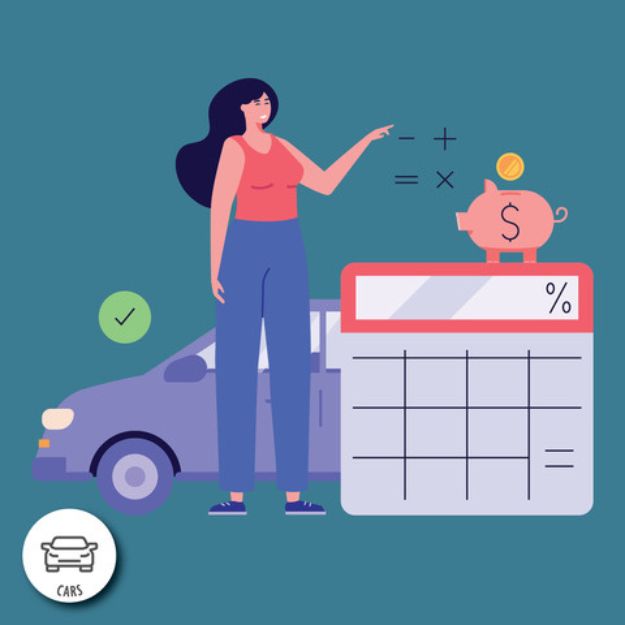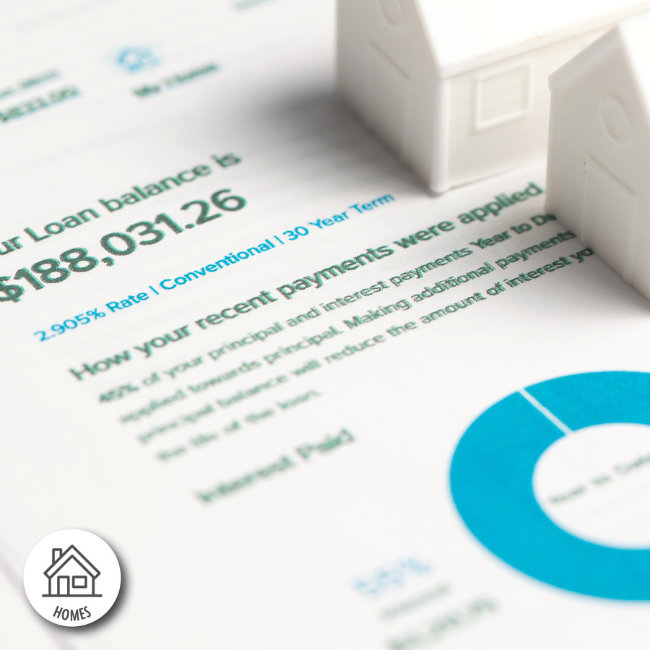Beware the Financial Frights: 5 Spooky Scams That Could Haunt Your Wallet
It’s that time of year again, jack-o’-lanterns glow, shadows creep a little longer, and the air is filled with spooky fun. But while you’re carving pumpkins and planning costumes, don’t forget: some monsters don’t hide under the bed… they lurk in your inbox.
At High Point FCU, we’re here to protect your finances from the real Halloween horrors, fraud and scams. So, grab your flashlight and follow us into the haunted woods of fraud prevention.
1. The Phishing Phantom
Lurks in: Emails, text messages, and phone calls.
Says things like:
“There’s a problem with your account. Click this link to verify your info now!”
This classic monster disguises itself as someone you trust; your bank, a delivery service, or even your grandma (sorry, Nana). If you click the wrong link, it could drain your account faster than a vampire at a blood bank.
How to fight it:
Never click on suspicious links. If in doubt, call us directly using the number on your debit card or our website.
2. The Zombie Debt Collector
Rises from: “Old” debts you don’t remember owing.
Wants: Personal information and payment—now!
Zombie debt collectors will try to scare you into paying fake or expired debts. They use urgency and fear to get you to give up personal info or send money without verifying the claim.
How to fight it:
Ask for proof of the debt in writing. Real collectors must provide it. And if you’re unsure, reach out to our team.
3. The Loan Witch’s Curse
Disguised as: “Too good to be true” loan or grant offers.
Promises: Fast cash, no credit check, and instant approval.
These dark sorcerers prey on those in need, luring victims into giving up banking info or paying “fees” for money that never arrives.
How to fight it:
If it sounds magical, it’s probably a trick. Only apply for loans through trusted institutions (like us!).
4. The Web of Identity Theft
Casts its net via: Data breaches, stolen mail, or careless clicks.
Goal: Steal your name, your money, and your peace of mind.
Once your identity is stolen, fraudsters can open accounts in your name, rack up debt, or file false tax returns.
How to fight it:
Shred sensitive documents, use strong passwords, and check your credit report regularly. And sign up for account alerts with us to catch suspicious activity early.
5. The Ghost Purchase
Haunts your account with: Unknown charges.
Often caused by: Stored card info on hacked websites or subscriptions you forgot about.
You might not even notice it at first, a small $1.99 charge here, $5.99 there, but ghosts can add up quickly.
How to fight it:
Monitor your account regularly. If something looks off, report it immediately. We can help you cancel your card and investigate the charge.
Don’t Be Afraid—We’re Here to Help!
The world of finance doesn’t have to be scary. At High Point FCU, we work year-round (not just Halloween) to keep your accounts safe, and your money protected.
If you ever suspect a scam, reach out to us. And remember the only thing you should be scared of this October is running out of candy.
Happy Halloween from your friends at High Point FCU! Stay safe, smart, and spooky!






